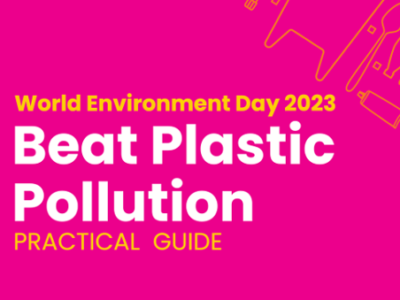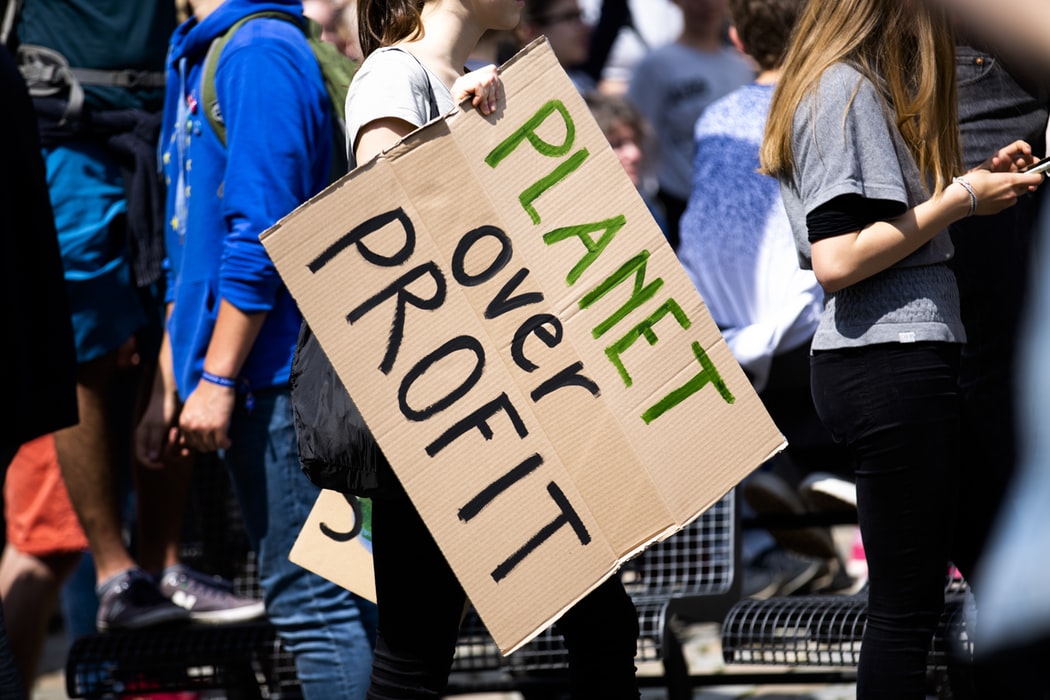In celebration of the 2014 World Water Day, the United Nation (UN) Water came up with water use statistics around the world. The statistics you will find below were drawn from in edition of the World Water Development Report on Water and Energy that was published in March 2014 and launched on the occasion of World Water Day celebrations in Tokyo, Japan.
1. Hydroelectricity
Hydroelectricity is the largest renewable source for power generation and its share in total electricity generation is expected to remain around 16% through 2035.
2. Hydropower and water use
Most of the water used for hydropower generation is returned to the river though some evaporates and there are important impacts on timing and quality of streamflows.
3. Industrial water use
Roughly 75% of all industrial water withdrawals are used for energy production.
4. Financing water
For developing countries alone $103 billion per year are required to finance water, sanitation and wastewater treatment through 2015.
5. Biogas produced from sewage
In Stockholm, public buses, waste collection trucks and taxis run on biogas produced from sewage treatment plants.
6. Access to water and sanitation
In 2011, 768 million people did not use an improved source of drinking-water and 2.5 billion people did not use improved sanitation.
7. Access to electricity
More than 1.3 billion people still lack access to electricity, and roughly 2.6 billion use solid fuels (mainly biomass) for cooking.
8. Pollution by fossil fuels
Approximately 15–18 billion m³ of freshwater resources are contaminated by fossil fuel production every year.
9. Biodiesel and water
China’s target to produce 12 million metric tonnes of biodiesel by 2020 requires an amount of water approximately equivalent to the annual discharge of the Yellow River.
10. Biofuels and food prices
The demand for biofuels feedstock is the largest source of new demand for agricultural production in decades, and it was a major factor behind the 2007−08 spike in food prices.
Read more on the Report > World Water Development Report on Water and Energy






